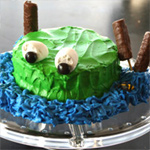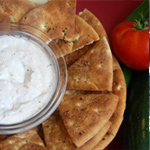
|
||||||||||||||||||||
|
|
|||||||||
|
1 c raw (3.8 oz, 110 g) Calories 34 Calories from fat 0 Total fat 0g Total carbohydrate 8g Dietary Fiber 4g Sugars 2g Protein 2g Vitamin A 15% Vitamin C 30% Calcium 4% Iron 6% Also a source of thiamin, riboflavin, niacin, vitamin B6, magnesium, potassium, and phosphorus, folate, and manganese. |
Season- early spring to mid-summer Size- different varieties have different sizes, some thin, some thick, most are long Selecting- choose beans that are crisp and tender, avoid those that are wrinkled and discolored. Storage- best used immediately, but can be refrigerated up to 1 week, depending on the variety Refrigerate- keep dry and refrigerate in a plastic bag Freeze- rinse, dry, and trim off the ends before freezing. The taste and texture will be much different than fresh green beans, but can still be good. |
||||||||
Boiling and Freezing |
|||||||||
|
|
|
|||||||
| Rinse green beans under cold water. Pat dry with a paper towel. Discard any discolored or limp beans. | Line up the ends and
trim them off with a knife. They can be frozen at this point. Freezes well in plastic zipper-lock bags. |
Bring a medium pot of water to a boil.
Add 1 1/2 t salt. Add the beans, cover and boil until just tender, about 5 minutes. |
|||||||
Trimming the ends makes the beans look more appetizing. They are also more fun to eat because they don't have the pointy fibrous end. The boiling time depends on the size of the beans. Thinner varieties will cook quicker than thicker. Undercooked beans are hard to chew and don't taste very good. Overcooked beans get mushy and quickly start to taste like canned beans. |
|||||||||
 |
 |
||||||||
| Drain water. Toss with salt and desired seasonings. | Serve hot. | ||||||||
| Try with | |||||||||
 |
|||||||||
| Perfect Green Beans | |||||||||






